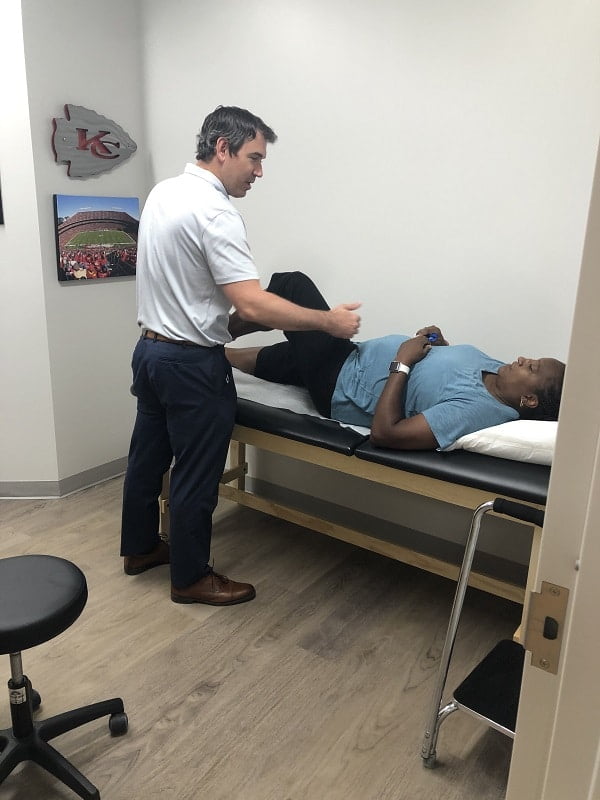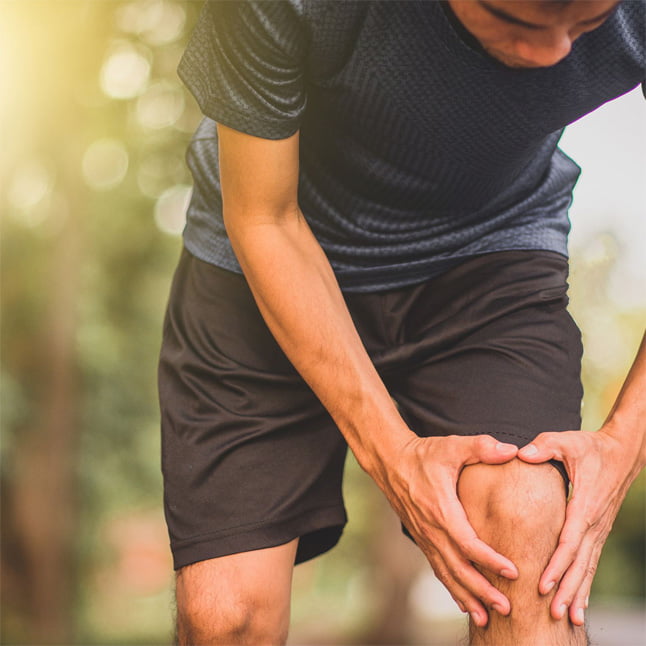Safeguarding Your Game: Understanding and Preventing Pickleball Injuries
Pickleball has recently experienced a significant popularity surge in the United States. This surge in popularity has been fueled by a diverse range of individuals, including seniors, families, and recreational sports enthusiasts.
Like any sport, pickleball has a risk of injury.
Common Pickleball Injuries
Knee, ankle, and elbow injuries are the most common injuries among pickleball players. For instance, a trip, an awkward twist or a fall tend to cause acute pickleball injuries.
Some examples of acute injuries we see include:
- Knee Injuries: Quick changes in direction, pivoting, and sudden stops can stress the knees, leading to injuries such as ligament sprains or meniscus tears.
- Sprained Ankles: Ankle sprains are one of the most prevalent injuries in pickleball. Quick lateral movements, changes in direction, or landing on an uneven surface can cause the ankle to twist, resulting in sprains.
- Back Strains: Twisting, reaching, and bending movements during pickleball can strain the muscles and structures of the back, leading to back pain or muscle spasms.
Dr. Matt Daggett, Sports Medicine Surgeon, shares some tips for playing pickleball safely
![]()
Book Online
We have a number of ways you can schedule an appointment at Sano Orthopedics.
Online
Text
Phone
Message Us

Preventing Pickleball Injuries
The benefits of exercise and social interaction outweigh the risks of injury. However, our team does highlight a few tips to keep you on the court.
- Warm Up. Gentle stretching, light aerobic exercises, and mobility drills can help prevent muscle strains, joint sprains, and other injuries. For older adults, we recommend a longer warm-up.
- Stop Playing When Tired. Playing when fatigued increases your chance of injury. If tired, take a break.
- Take It Slow. New to pickleball? Start in a less competitive environment first.
- Strength Training. Pickleball has gained popularity among all age groups, especially older generations. Maintaining muscle strength, flexibility, and overall physical fitness is key to injury prevention for older adults engaged in sports. Resistance training, core exercises, and balance training should be prioritized to build a strong foundation and support the demands of sports activities.
- Technique. Like all sports, focus on using proper technique and form to minimize the risk of injuries. This includes using appropriate sports equipment, like proper footwear.
Have Fun
“Listen to your body.” Dr. Daggett tells his athletes of all ages not to continue playing when tired. You are at a higher risk of injury when your body is tired. Stay hydrated. Don’t overdo it. Play for fun.

Recent News
Orthopedic Partner of KC Monarchs Baseball Team
Sano Orthopedics is proud to be the official orthopedic partner of the Kansas City Monarch baseball team. Caring for athletes is best done as a team, which is our approach to all patients.
Sano Evolution: Adding Expertise and Services in 2023
Sano Orthopedics year in review! Adding new providers, specialties, and offices, 2023 was a year of growth for Sano. Reflecting on the year and looking ahead!
Tennis Elbow vs. Golfer’s Elbow – the Battle of the Elbow Tendonitis
Golfer’s Elbow vs Tennis Elbow: the battle of elbow tendonitis. Learn key differences and similarities between these two common elbow conditions.
